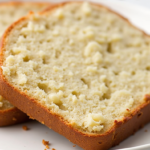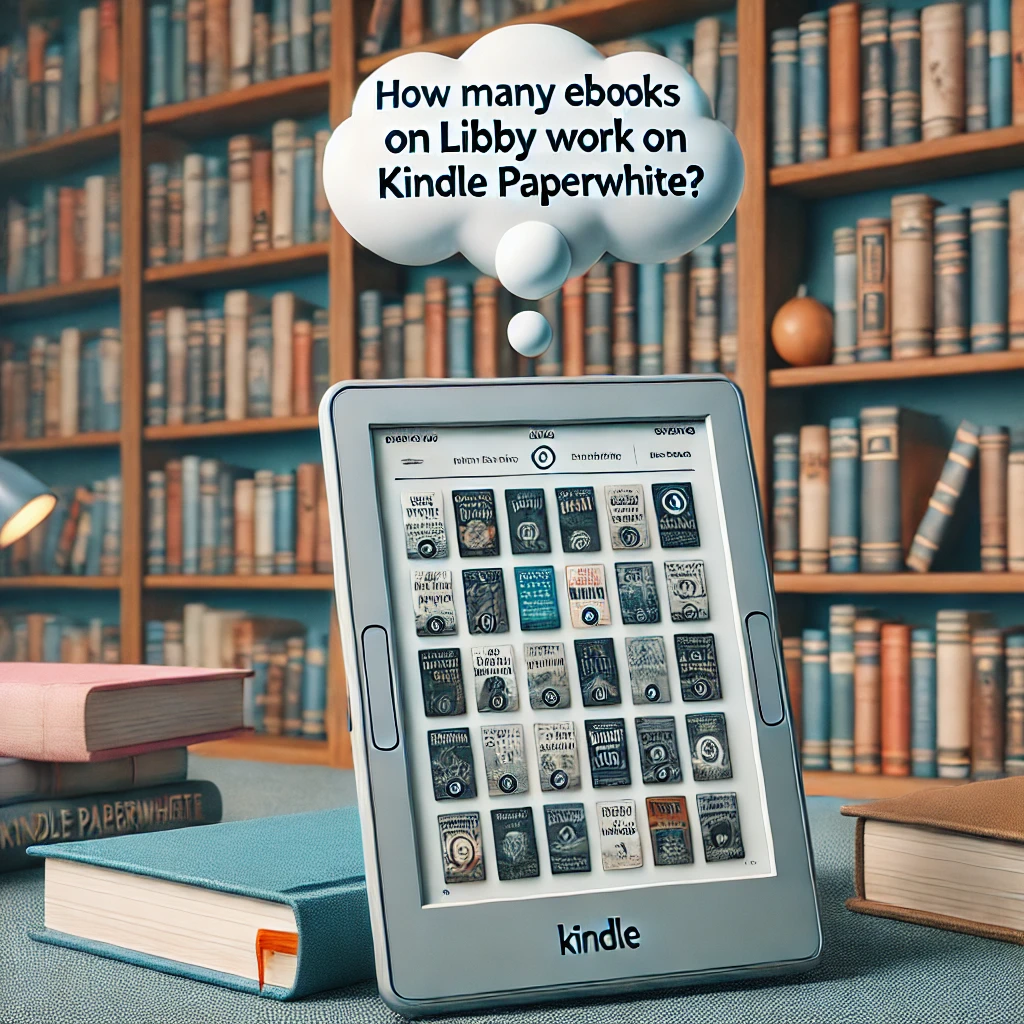In the fast-paced world of digital marketing, staying relevant and engaging with your audience is crucial. One of the most effective ways to do this is through humor, and nothing captures humor quite like memes. But why are marketing memes so popular, and how can they benefit your brand? In this article, we’ll explore the rise of marketing memes, why they resonate with audiences, and provide some examples of memes that have successfully captured attention.
Table of Contents
What Are Marketing Memes?
Memes are humorous images, videos, or text that spread rapidly across the internet, often with variations on a theme. Marketing memes, specifically, are memes that brands use to promote their products, services, or message in a fun and relatable way. They tap into current trends, cultural references, or shared experiences to connect with audiences on a more personal level.
Why Do Marketing Memes Work?
- Relatability: Memes often reflect common experiences, frustrations, or observations. When brands use memes that their target audience relates to, it creates an instant connection.
- Shareability: Memes are designed to be shared. A funny, clever meme can quickly go viral, spreading a brand’s message far beyond its original audience.
- Low Cost, High Impact: Creating a meme is relatively inexpensive, but the impact can be significant. A well-timed meme can generate more engagement than traditional marketing content.
- Humanizing Brands: Memes give brands a personality. They show that a brand is in touch with current trends and can engage with its audience in a fun, light-hearted way.
Popular Marketing Memes Examples
Here are some examples of marketing memes that have resonated with audiences:
- “Distracted Boyfriend” Meme:
- Marketing Context: This popular meme features a man turning his head to look at another woman while his girlfriend looks on disapprovingly. In a marketing context, brands have used it to illustrate customers being tempted by a new product or trend.
- Example: A marketing agency might use this meme to show a client being distracted by the latest social media trend while ignoring tried-and-true strategies.
- “Drake Hotline Bling” Meme:
- Marketing Context: This meme shows rapper Drake rejecting one thing and approving another. It’s perfect for highlighting a brand’s preference for one approach, product, or service over another.
- Example: A content marketing company might use this meme to reject outdated marketing tactics (like excessive pop-up ads) in favor of content marketing strategies.
- “Woman Yelling at a Cat” Meme:
- Marketing Context: This meme juxtaposes an image of a woman yelling and a confused cat at a table. Brands often use this to humorously depict a situation where a customer or client misunderstands something.
- Example: A SaaS company might use this meme to illustrate the frustration of trying to explain traditional software methods versus their streamlined solution.
- “Mocking Spongebob” Meme:
- Marketing Context: This meme features Spongebob mocking someone by repeating their words in a silly way. It’s often used to poke fun at misconceptions or outdated advice.
- Example: A digital marketing firm could use this meme to mock outdated SEO advice like “Just add more keywords to rank higher.”
- “Success Kid” Meme:
- Marketing Context: This meme features a young boy clenching his fist in triumph. It’s commonly used to celebrate small victories or positive outcomes.
- Example: A brand might use this meme to celebrate hitting a milestone like reaching 10,000 followers on social media.
How to Create Your Own Marketing Memes
Creating your own marketing memes involves a few key steps:
- Know Your Audience: The meme should resonate with your target audience. Understand what they find funny, relatable, or relevant.
- Stay Current: Memes have a short shelf life. Use trends that are currently popular to ensure your meme is timely and engaging.
- Be Relatable: The best memes tap into shared experiences. Think about the common challenges, frustrations, or joys your audience experiences.
- Keep It Simple: Memes should be easy to understand at a glance. Don’t overcomplicate the message.
- Use Quality Images: A good meme starts with a clear, high-quality image. There are many free online tools where you can create your own memes.
Risks of Using Marketing Memes
While memes can be a powerful marketing tool, they also come with risks:
- Cultural Sensitivity: Memes can be easily misunderstood or come across as insensitive if not handled carefully. Ensure your meme is appropriate for your audience.
- Overuse: Memes are meant to be funny and light-hearted. Overusing them can dilute their impact and make your brand seem less serious.
- Staying Relevant: The rapid pace of internet trends means that what’s funny today might be old news tomorrow. Regularly update your meme strategy to stay relevant.
Conclusion
Marketing memes are more than just a passing internet trend; they’re a powerful tool for brands to connect with their audiences in a humorous and relatable way. By understanding what makes memes work and following best practices, your brand can leverage this modern form of communication to enhance your marketing strategy. Just remember to use them wisely, stay current, and always consider the sensibilities of your audience.
Final Thoughts
Incorporating memes into your marketing strategy can give your brand a fresh, modern edge. Whether you’re looking to humanize your brand, increase engagement, or simply have a little fun with your content, memes offer a creative outlet to connect with your audience. Keep experimenting, stay tuned to the latest trends, and don’t be afraid to laugh a little along the way.










